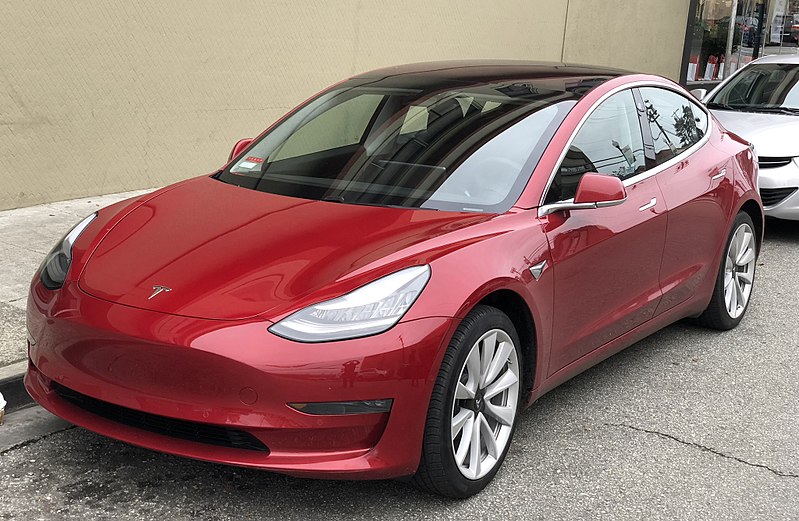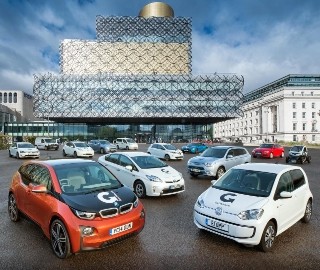A ‘GLOBALLY significant’ project installing electric car charging points in lampposts, bollards and homes across Oxford has published its first key findings.
The Go Ultra Low Oxford scheme saw 46 charge points installed at 28 residential sites and the use of 10 electric cars from Oxford’s Co-Wheels car club.
As well as 29 lampposts in 11 streets, three types of bollard chargers were included at four sites, five households were provided with a home charger, and the car club deployed ten electric vehicles across Oxford, each with an allocated parking bay close to a charger.

A total of 18 residents took part in the pilot from July 2017 to June 2019.
It is thought to be the first on-street charging pilot of its size in the world.
…
Key findings from the report include:
• Charging habits varied widely between users, with some regularly charging overnight, and others plugging in during the day or more often on weekends. These factors varied according to how people used their cars.
• Participants’ charging practices changed over time, as they became familiar with the equipment.
• However, when asked whether they had a preference for any of the charger types, two-thirds of respondents chose the technology that they had been allocated – expressing a preference for that above the other four that were trialled.
Read more: Oxford Mail
It’s Time to Go Green!
If you would like to know more about Solar Panels and the PowerBanx range of home battery systems, and get a free instant quote, please complete our online form:











